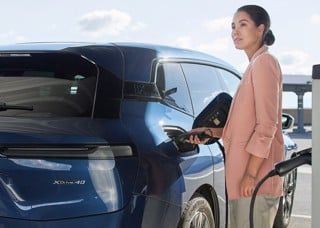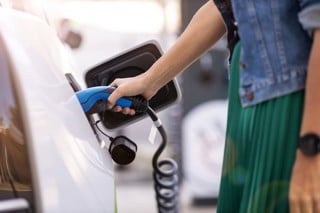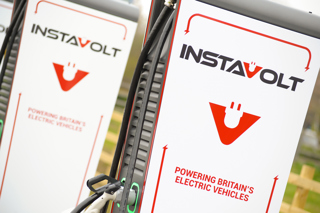The Government has published new regulations for public charge points, including a reliability standard of 99% for rapid chargers.
The new rules, outlined in the Public Charge Point Regulations 2023, aim to improve the charging experience for electric vehicle (EV) drivers.
Better reliability, clearer pricing, easier payments and open data, which could transform the mapping and ease of planning journeys, are all prioritised.
All chargers over 8kW (not slow chargers/lamppost chargers) will have to have contactless payments within the next year.
In terms of data, the Government says that all public chargers will have to provide real-time information on their status for free, which will benefit mapping tools.
Charge point operators (CPOs) will also be required to be transparent about their pricing, have roaming deals with third parties within two years and ensure that all chargers have 24/7 helplines.
Crucial to building public confidence will be the reliability of the charging network, with the new rules mandating a 99% reliability rate over a CPO’s network.
Writing on LinkedIn, Toby Poston, director of corporate affairs at the British Vehicle Rental and Leasing Association (BVRLA), said: “Public charging anxiety and frustration is one of the top reasons drivers give for not going EV, so these new measures represent a massive step in addressing them.
“Well done to everyone involved - the huge range of passionate automotive, consumer and charge point stakeholders that helped highlight the issues and considerations and the very clever policymakers that turned all this input into a workable set of regulations.”
Edmund King, AA president, also welcomed the new regulations. He said: “A 99% reliability requirement and live charge point information will help show drivers in real-time the benefits of driving electric.”
RAC electric vehicles spokesman Simon Williams said he was pleased to see the Government acknowledge a need to improve the experience of drivers at public chargers.
"This has the potential to reassure many more people that switching to an electric vehicle makes sense, which is vital the closer we get to 2030 when the sale of new petrol and diesel cars will end," he continued.
"Ensuring drivers only need to download and use a single app is a huge step forward from where we are today.
“We hope operators of rapid and ultra-rapid charging hubs will not just clearly display pence per kilowatt hour prices on chargers themselves but also on prominent digital signage similar to fuel price ‘totems’ which drivers are already very familiar with.
"We believe this is needed to make price comparisons easy for everyday EV drivers looking to charge up as cheaply as possible on a journey.”
























Login to comment
Comments
No comments have been made yet.